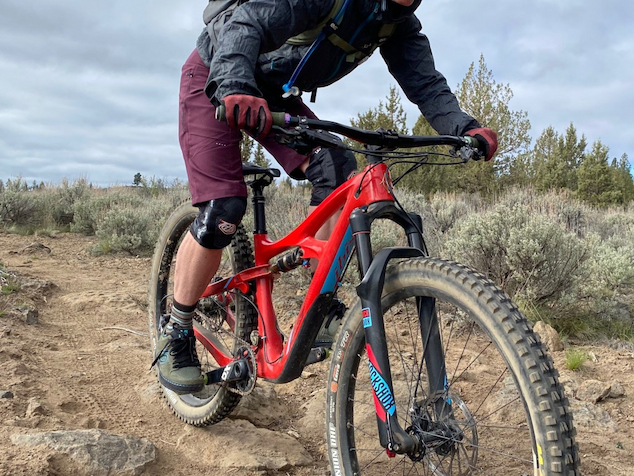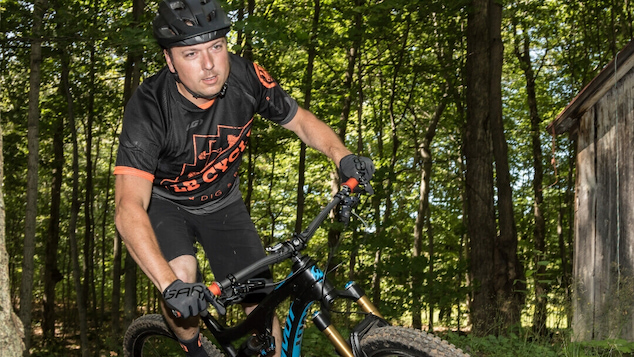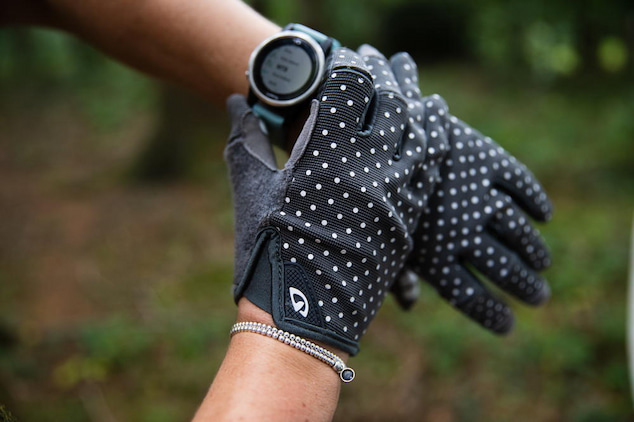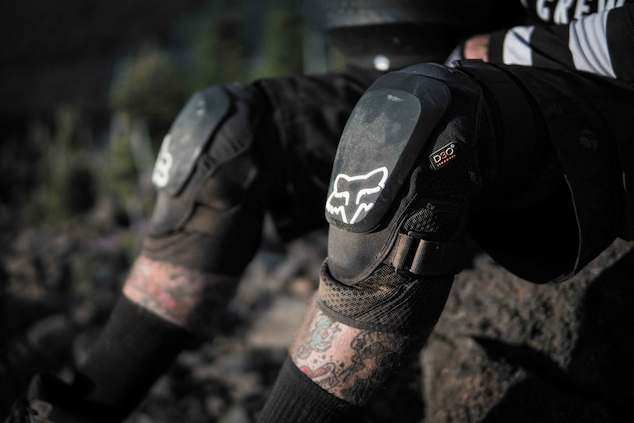Contents
Just as a mountain bike looks a world apart from a road bike, naturally, the riders should look too. When you ride off the paved path, it’s not against the law to don clingy road shorts or baggy hiking shorts. But if you have clothing and protective gear appropriate for what, how, and where you ride, you’ll enjoy mountain biking as a whole new way to interact with nature.
Protection is also crucial. Whether you take a cautious or bold approach to riding, you’ll need plenty of protection from the dangers of branches, roots, and rocks. You can use the information in this article to help you decide what belongs in your mountain bike closet.
Mountain Biking Shorts and Paddings
Shorts are the first and most crucial piece of mountain bike apparel and gear. What is special about biking shorts? While they provide a few clear benefits over other athletic and casual shorts, performance mountain bike shorts have extra features like vented panels or waterproof fabrics, added durability to withstand crashes, longer fits to accommodate knee pads, and strategic stretch and cuts.
Just like their counterparts for the road, mountain bike shorts feature stretch for easy leg movement and a padded crotch liner to reduce friction and wick away moisture.
Why do MTB riders wear baggy shorts? Since aerodynamics is generally not a concern when mountain biking, most MTB riders choose baggy shorts with all the previously mentioned properties. However, if you compete or ride a country-cross bike, you’ll probably go with tighter-fitting, aerodynamic mountain bike shorts. Additionally, because they support their muscles, athletes prefer form-fitting shorts.
Regarding padding, MTB shorts may have slightly less built-in padding than road bike shorts because you sit more upright and alternate between standing and sitting while riding. Most liners are detachable, giving you the option to buy bike underwear and padded liner shorts separately. Note that you shouldn’t wear non-bike underwear with your liners, regardless of which option you pick, as you’ll probably experience chafing.
Consider where and what kinds of rides you’ll be doing before choosing MTB shorts so that you can pick the right fit and features. For example, if you don’t wear knee pads while riding in a warm climate, you can look for lighter-weight shorts with shorter inseams and better venting. Looking for a longer inseam will help you reduce the space between your knee pads if you ride with them.
Mountain Biking Jerseys
Mountain bike and road jerseys are very similar, in general. They should be close-fitting but perhaps a little looser than road-bike jerseys to effectively wick away sweat. The fit may be even looser for riding styles that are more gravity-focused. Longer sleeves offer more protection from brush and branches.
You won’t need rear pockets if you’re going to wear a pack. For rides without a pack, pockets come in handy for storing items like keys, snacks, a tire repair kit, a phone, and cash.
Many cross-country riders look for this feature because a ventilating front zip is convenient when pushing the pace or slogging up a steep climb.
Mountain Biking Footwear
Compatibility with the type of pedal system you select should be your priority when choosing bike shoes. Additionally, choose an option that you can wear now with platform pedals and later with a clipless pedal system by adding a cleat.
How much walking you anticipate while mountain biking is another important factor. If you’re a beginner rider, you’ll be navigating trails and climbing over obstacles more frequently. So, pick grippy rubber outsoles with lugs to make these activities easier. You also might hike if a mishap renders your bike unfit for rides.
Stiff cross-country/trail shoes might be effective for pedalling but challenging to walk in. These shoes typically have better ventilation than softer street shoe alternatives.
Mountain Biking Gloves
The padding and finger coverage of mountain bike riders’ gloves set them apart from road cyclists’ gloves.
While the padding isn’t necessary because the grips are padded, you might appreciate it when going for longer or multi-hour rides. However, gloves without padding are lighter, cooler, and improve bar feel, which is beneficial when making steep, quick, or technical descents.
Additionally, full-fingered gloves are almost always the smarter choice than fingerless options because sweaty hands are a minor inconvenience compared to bloody knuckles.
Additional Layers for Colder Weather
Although protection from wind and rain is a smart addition to your pack all year long, cold-weather gear helps you extend your riding season into early spring and late autumn. You can achieve that by adding insulating layers, such as bike jackets, long-sleeved underwear tops, fleece jackets, arm/leg warmers and hats.
A handy piece of advice is to take off layers until you feel comfortable before beginning a long climb. If you feel cosy and warm when you first begin the climb, you’ll probably feel hot and bothered for the majority of the ascent.
Protective Gear
Helmets
The right helmet for you will largely depend on your riding style. Simply put, disciplines with steeper descents and more technical skill requirements call for more coverage.
For cross-country, it’s crucial to move quickly uphill because the downhills are usually not very steep. So, look for a helmet offering plenty of ventilation and coverage similar to a road helmet.
For all-mountain and enduro, you need more protection than trail riders do, as steep, technical, and fast descents are a common part of this type of riding. A detachable chin bar is a handy feature to look for as most of the time you can ride without it, but you’ll want to fasten it when getting ready for a significant descent.
The downhill/park riding style provides the most coverage. That necessitates the use of a full-face helmet and, possibly, goggles rather than sunglasses.
Pads and Armours
The recommendation for pads is similar to that for helmets: as you progress to more extreme riding styles, you want more padding and coverage.
Cross-country and trail riders can use more minimal padding. More seasoned riders might only carry knee guards, whereas novice riders might also want elbow guards. More experienced riders will occasionally wait to put on any of their paddings until they’re poised at the top of a lengthy downhill stretch to stay cooler.
All-mountain and endurance riders require longer, thicker pads. They’re also necessary for downhill/park riders, frequently pairing them with shin guards for complete protection.






Comments are closed.